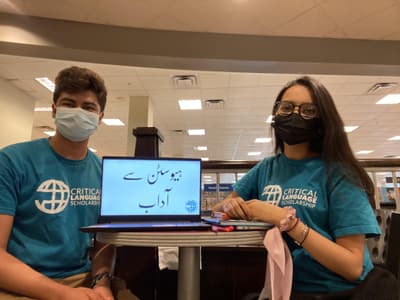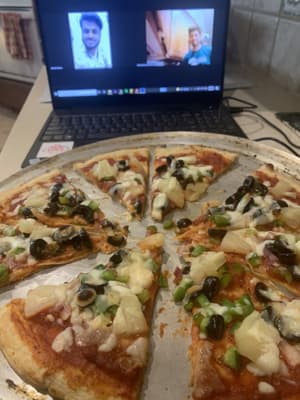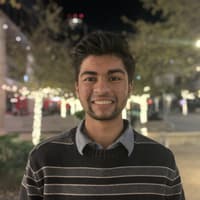Aditya Namjoshi
Aditya Namjoshi is an alumnus of the 2021 CLS Urdu Program, hosted virtually by the American Institute of Indian Studies (AIIS) in Lucknow, India. He is a sophomore undergraduate student at the University of Texas at Austin studying Chemical Engineering. Aditya’s interest in Urdu is fueled by a desire to connect with family members and friends who are native speakers as well as a love for Islamic poetry. Aditya is confident he will continue to use Urdu wherever his career leads him and recently completed the CLS Refresh Program.
Getting to Know Aditya
I grew up near Houston, Texas, where I enjoyed participating in the Model United Nations and Debate team in school. I love writing poetry, painting, and cooking sweets. My family speaks Marathi, a language spoken in Maharashtra, India.
Why Urdu?
I’ve always loved Urdu ghazals (a type of poem common in the Middle East and South Asia) and qawwali (Sufi Islamic devotional singing), but I could never understand the meaning of the words I was hearing. Urdu is one of the many languages used in South Asian music, and I knew that studying Urdu would allow me to appreciate music and poetry on a deeper level. I also wanted to learn Urdu to communicate with my friends and family members who speak the language.

Finding Connection through Language and Music
For my final project, I wrote an essay on and presented about the history and technical beauty of raga desh, a melodical framework used in Indian music. One of the friends I met through CLS wrote a ghazal poem in Urdu and asked me to compose a tune for it. I had the opportunity to sing the composition at our cultural presentation on our final day. It was really fulfilling to be able to work on something that combined poetry from different cultural traditions into a final performance. It was a wonderful opportunity to share the musical and literary traditions that surround the Urdu language with my cohort.

Pizza, Poetry and Public Health
Over the course of the summer, I had the chance to present on topics like public health and sustainable development in Urdu, chat about American and Indian foods with my language partner (I walked him through the process of making pineapple pizza over video), and learn about the rich cultural traditions of Lucknow, India, like devotional Sufi qawwalis, calligraphy, and poetry.



